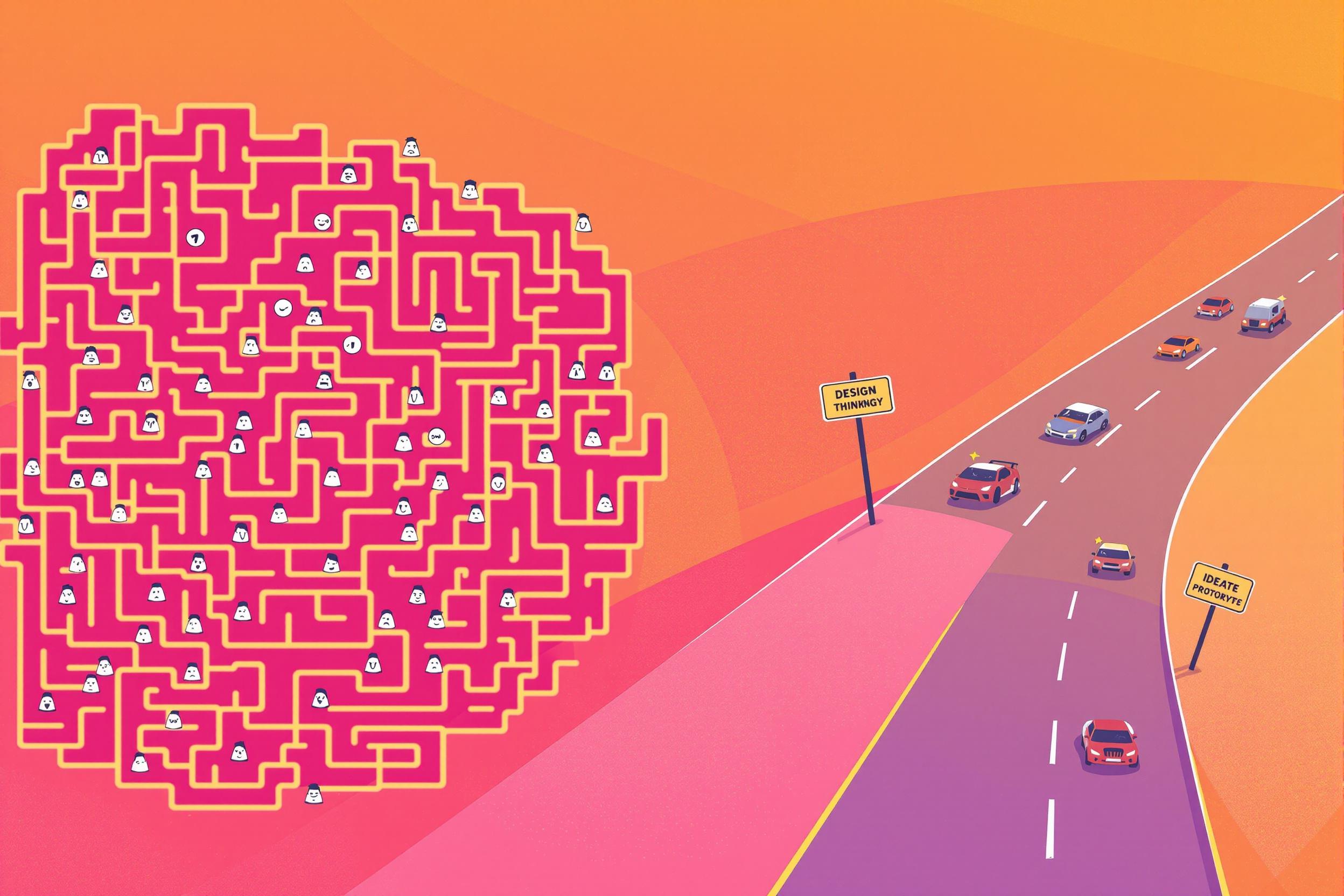
Design-Build
Design-Build is a popular project delivery method where one company handles both the design and construction phases of a project, instead of having separate companies for each part. Think of it like having one team responsible for both creating the blueprint and building the actual structure. This approach typically saves time and money compared to traditional methods where different companies handle design and construction separately. It's commonly used for buildings, bridges, roads, and other infrastructure projects. You might also hear it called "D-B," "integrated project delivery," or "single-source delivery."
Examples in Resumes
Managed $50M Design-Build project for new highway interchange
Led Design-Build team of architects and contractors for hospital expansion
Coordinated multiple Design/Build projects across three states
Successfully delivered 15 D-B projects under budget
Typical job title: "Design-Build Professionals"
Also try searching for:
Where to Find Design-Build Professionals
Professional Organizations
Job Boards
Professional Networks
Example Interview Questions
Senior Level Questions
Q: How do you handle conflicts between design and construction teams during a Design-Build project?
Expected Answer: Should discuss experience in team coordination, problem-solving methods, and specific examples of resolving conflicts while keeping projects on schedule and budget.
Q: What strategies do you use to ensure cost control in Design-Build projects?
Expected Answer: Should explain budget management techniques, value engineering processes, and methods for tracking and controlling costs throughout both design and construction phases.
Mid Level Questions
Q: What are the key advantages of Design-Build over traditional project delivery methods?
Expected Answer: Should discuss benefits like single point of responsibility, faster project completion, cost savings, and improved communication between design and construction teams.
Q: How do you maintain quality control throughout a Design-Build project?
Expected Answer: Should explain quality assurance processes, inspection procedures, and how they ensure both design and construction meet project requirements and standards.
Junior Level Questions
Q: What is your understanding of the Design-Build process?
Expected Answer: Should demonstrate basic knowledge of how design and construction phases are integrated, and understanding of project timeline and team roles.
Q: What experience do you have with project documentation and communication?
Expected Answer: Should discuss experience with project reports, team communications, and basic documentation procedures in construction projects.
Experience Level Indicators
Junior (0-3 years)
- Basic understanding of construction processes
- Project documentation
- Team communication
- Schedule monitoring
Mid (3-7 years)
- Project coordination
- Budget management
- Quality control
- Subcontractor management
Senior (7+ years)
- Project strategy development
- Risk management
- Team leadership
- Client relationship management
Red Flags to Watch For
- No experience with construction project management
- Poor communication skills
- Lack of knowledge about building codes and regulations
- No understanding of budget management
- Unable to read and interpret construction drawings
Related Terms
Need more hiring wisdom? Check these out...

Why Your Hiring Process is a Maze (And How Design Thinking Can Turn It into a Superhighway)

Remote Hiring Playbook: Building High-Performing Distributed Teams

Digital Apprenticeships: Crafting the Future Workforce Pipeline

